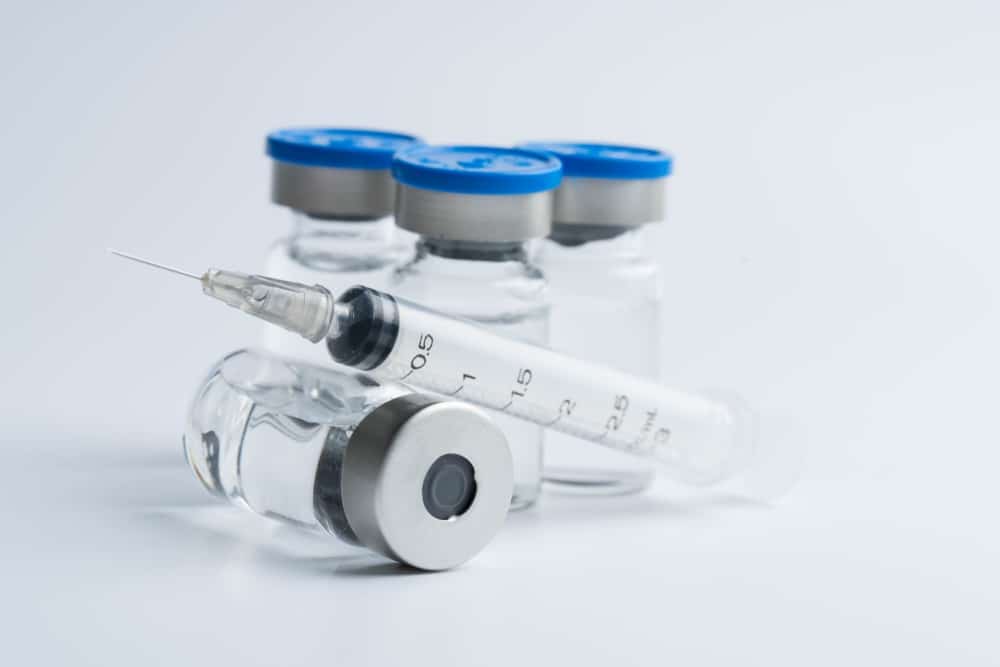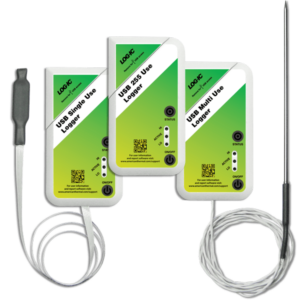Need for Pharma Cold Chain Logistics Monitoring Increases
By 2023, temperature-controlled pharmaceuticals are expected to grow 59 percent from 2017 levels, according to the 2019 Biopharma Cold Chain Sourcebook. Pharmaceutical shippers and carriers, therefore, are finding temperature monitoring devices vital throughout cold chain management.
The increase in temperature-sensitive products amounts to $283 billion for the $1.2 trillion pharmaceutical industry. To put this trend further in perspective, growth for all pharmaceuticals is forecast at only 33 percent during that time frame. This means the global biopharmaceutical industry is expected to spend $15.7 billion on temperature-controlled shipping in 2019, up nearly $1 billion from the previous year.
This growth in pharma cold chain logistics needs is attributed to three key things. First, 44 percent of the new drugs or indications approved by the FDA in 2018 are cold chain products. Second, many room-temperature drugs are being shipped with temperature indicator and monitoring devices in place. These life sciences categories are most sensitive to temperature:
Clinical Trial Products
These materials include patient samples – such as blood and tissue samples – as well as therapeutics. Most of these items are temperature-sensitive. Often, therapeutics are delivered in small doses, sometimes to only a single patient. Cost-effective temperature indicators are important.
Controlled Room-Temperature Items
These products typically are shipped by standard trucking or air carriers and, increasingly, by ocean carriers. They perform best when they are kept between 15-25°C.
Biologics
These materials comprise a small, but important, subset of new products, including gene and cellular therapeutics as well as vaccines. Many need standard refrigeration (2-8°C), but many others require frozen (-20°C) or deep frozen (-120°C or below) temperatures during shipping and storage. Biologics are the foundation of personalized medicine.
Biologic therapies are created from living cells. They are fragile and can be damaged by temperatures that are too hot or too cold (as well as by impact). Keeping them within specific temperature ranges during shipping and storage can make the difference between therapeutics that are safe and those that are dangerous or deadly, and between patient samples that are viable or unusable.
Pharmaceutical Cold Chain Logistics Require Temperature Proof
Because of the varied sensitivities of these pharmaceutical categories, World Health Organization’s (WHO’s) global Good Distribution Practices (GDPs) and many nations’ health regulators require proof that pharmaceutical products have not experienced temperature excursions before they enter the pharmacies’ supplies.
Specifically, section 9.19 of the GDP calls for monitoring pharmaceutical temperatures at “defined intervals” and mapping temperature fluctuations throughout their storage facility, and keeping those records for at least one year beyond the shelf life of each product. Likewise, section 10.14 mandates monitoring and recording shipping temperatures and/or relative humidity if they vary from the tolerances of the pharmaceutical.
And so the logistics industry, particularly those active in pharmaceutical cold chain logistics, have reacted accordingly. Ports expanded temperature-controlled facilities and cold chain logistics providers adopted new controlled-temperature technologies — the simplest and most affordable being chemical temperature indicators, with more complex options including data-connected temperature recorders.
Notably, the International Air Transport Association (IATA) established the Center of Excellence for Independent Validators (CEIV Pharma) certification to standardize handling of controlled temperature pharmaceuticals globally. In 2014, the Brussels airport became the first CEIVA Pharma European hub. Now more than 160 organizations, including major airlines, are CEIVA Pharma certified. Before this certification, 50 percent of all temperature excursions occurred when pharmaceuticals were with airlines and airports, according to IATA. The reasons, IATA says, were lack of accountability, transparency, standardization, and compliance.
A Temperature Indicator Provides Proof
SpotSee’s family of temperature indicators and monitors provides the tracking, recording, and reporting needed to meet the demands of the modern pharmaceutical supply chain. Tamperproof designs provide definitive proof of temperature fluctuations, or the lack thereof.
Individual options range from multi-use data loggers that monitor and record temperature, humidity, and impact as well as the time, duration, and location of excursions, to simple, single-use go/no go indicators. Monitoring options include:
- TempU Recorder, designed for smaller shipments. It monitors temperatures between -22°F and 140°F for 60 days, with flashing red alarms when the temperature drops below 35°F or exceeds 45°F. Detailed data can be downloaded in PDF format.
- LOG-IC multi- or single-use temperature recorder for individual packages. It measures temperatures between -22°F and 167°F. Its dry ice probe goes as low as -112°F. Data can be read without stopping recording and accessed by semi-passive RFID or USB. It is NIST certified.
- Cold Chain Complete, a single-use go/no go indicator that’s perfect for last-mile delivery. It changes color after temperature excursions. It features four temperature ranges, including the popular 2 – 8°C, and nine different time marks indicating the duration of the excursion.
Additional cold chain monitoring solutions are available, too, so you can find the right device for each pharmaceutical shipment, whether its destination is around the world or across town.
Delivery Options Affect Cold Chain Management
Biopharmaceutical companies have long used trucking and air freight to move their products. A few years ago they began using maritime shipping. Now Merck is testing the use of drones to deliver medications in disasters. In November, the pharmacy CVS became the first to use drones to deliver prescriptions directly to patients.
With a growing list of delivery options and new medicines that are delivered in ever smaller quantities, shippers need to match their monitoring technology to the application, ensuring not only the right temperature monitoring range and reporting options, but also the duration of monitoring.
The single-use TempU Recorder, with 60 day monitoring, may be perfect for overland logistics between the distributor and the dispenser – a pharmacy or physician’s office, for example – while Cold Chain Complete or another temperature indicator may be best for last-mile delivery.
To select the best technology to monitor pharmaceutical temperatures throughout cold chain logistics, check these options, or contact SpotSee via the form below.










